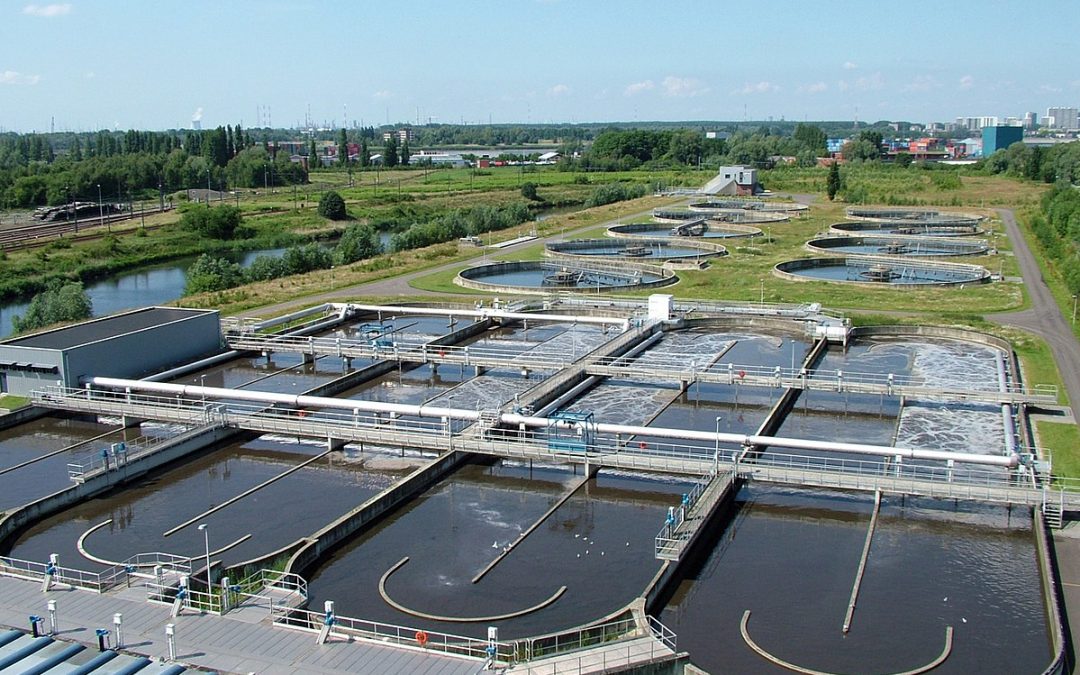Antwort What are the advantages and disadvantages of sewage treatment plant? Weitere Antworten – What are the advantages and disadvantages of sewage treatment plants
Sewage Treatment Plant has its pros and cons. Although it treats water in less time, produces energy, fertilizers, reduces public health risk, and reduces water pollution, it also produces a pungent smell, hybrid bacteria, requires huge capital, land area, and leaves an environmental footprint.The Pros and Cons of Septic Systems
- Pro: Environmentally friendly.
- Con: Be More mindful of what you flush.
- Pro: Cost effective.
- Con: Routine maintenance.
- Pro: Durability.
- Con: Pipe ruptures.
Wastewater treatment plants are not suited to every home and have some disadvantages which need to be considered by anyone considering installing a system.
- Routine servicing required.
- More council approvals required.
- Smelly.
- Bacteria.
- Space.
- Installation costs.
- Power.
- Sporadic use.
What are the negative effects of sewage treatment : These impacts can include harm to fish and wildlife populations, oxygen depletion, beach closures and other restrictions on recreational water use, restrictions on fish and shellfish harvesting and contamination of drinking water.
What is the disadvantage of sewerage system
Sewerage systems
| Combined Sewers | Separated Sewers |
|---|---|
| Disadvantages | |
| Need a reliable supply of piped water | Needs a reliable supply of piped water |
| High capital costs | High capital costs, more expensive than combined sewer system |
| Difficult to construct in high-density areas | Difficult to construct in high-density areas |
Is sewage treatment bad for the environment : Unfortunately, the effects of sewage on the environment are largely negative. It needs to be properly treated before it can be disposed of – usually into the ocean. There are two problems, however. If sewage is only partially treated before it is disposed of, it can contaminate water and harm huge amounts of wildlife.
Sludge Production
A major environmental challenge for wastewater treatment is the disposal of excess sludge produced during the process. What is the solution Safe and long term solutions for the destination of sludge produced by wastewater treatment plants are a vital element of a sustainable functioning facility.
Sewage is a danger to human health, but it also has a huge impact on the animals and plants living in waterways. For instance, algal blooms are encouraged by the presence of sewage and can lead to the deaths of many other species.
What are the disadvantages of a sewer system
Cons of a Combined Sewerage System
1: During a storm, the sewer may overflow and cause serious health risks. 2: On dry days, the combine sewer becomes silted and foul. 3: Because storm water is also carried there, the load on the treatment plant is greater. 4: Storm water is unnecessarily polluted.Its practice in agriculture can amplify the vulnerability to transmittable diseases of producers, consumers and surrounding communities; lead to groundwater pollution; long-term utilize of wastewater can have adverse effects on soil resources-salt upsurge, grave metals in soils that can decrease the capacity for soil …Bioaerosols may contain different types of microorganisms such as viruses, pathogenic bacteria, and fungi, capable of causing skin, digestive system, respiratory, and nervous system diseases and human allergies [9]. Specifically, bioaerosols emitted by WTPs can impact the air quality.
Environmental footprint
One of the biggest problems in water treatment plants is their demand for footprint. It requires large land areas, produces pungent odor and unpleasant sight, requires high energy, produces sludge, and is expensive.
Which is the most important part in sewage treatment : Secondary Treatment
It generally removes 85-90% of all the pollutants. During secondary treatment, water flows through a secondary sedimentation tank that allows both solid wastes and microorganisms to form clumps and settle out of the water that is being treated.
What is the problem with sewage plants : An inconsistent pump can be a problem for clearing away your treated effluent. If your system isn't being used, it could be that it's run dry and stopped. Other sources of the problem could be a clogged impeller or a stuck or damaged float.
What is the disadvantage of sewage pump
Disadvantages: Mechanical seal failure can lead to moisture in the motor housing. Sewage cooled motors can also experience problems when particles from the sewage settle out and are not properly flushed. This can lead to overheating of the motor.
40 to 50 years
However, the average wastewater treatment plant life expectancy is 40 to 50 years, and treatment equipment typically lasts 15 to 20 years. As a result, a majority of Publicly Owned Treatment Works (POTWs) established in the early 1970s require improvement, repair or replacement to extend their lifetimes.If the digestion tanks are open, that smell will permeate the air. The smell can travel, so people who live nearby may complain. It's not too different from the way a farm that spreads liquid manure on fields ends up making an entire neighborhood smell of the manure. It's important, but people do not like it.
What is the main purpose of a sewage treatment plant : Sewers collect the wastewater from homes, businesses, and many industries, and deliver it to plants for treatment. Most treatment plants were built to clean wastewater for discharge into streams or other receiving waters, or for reuse.








